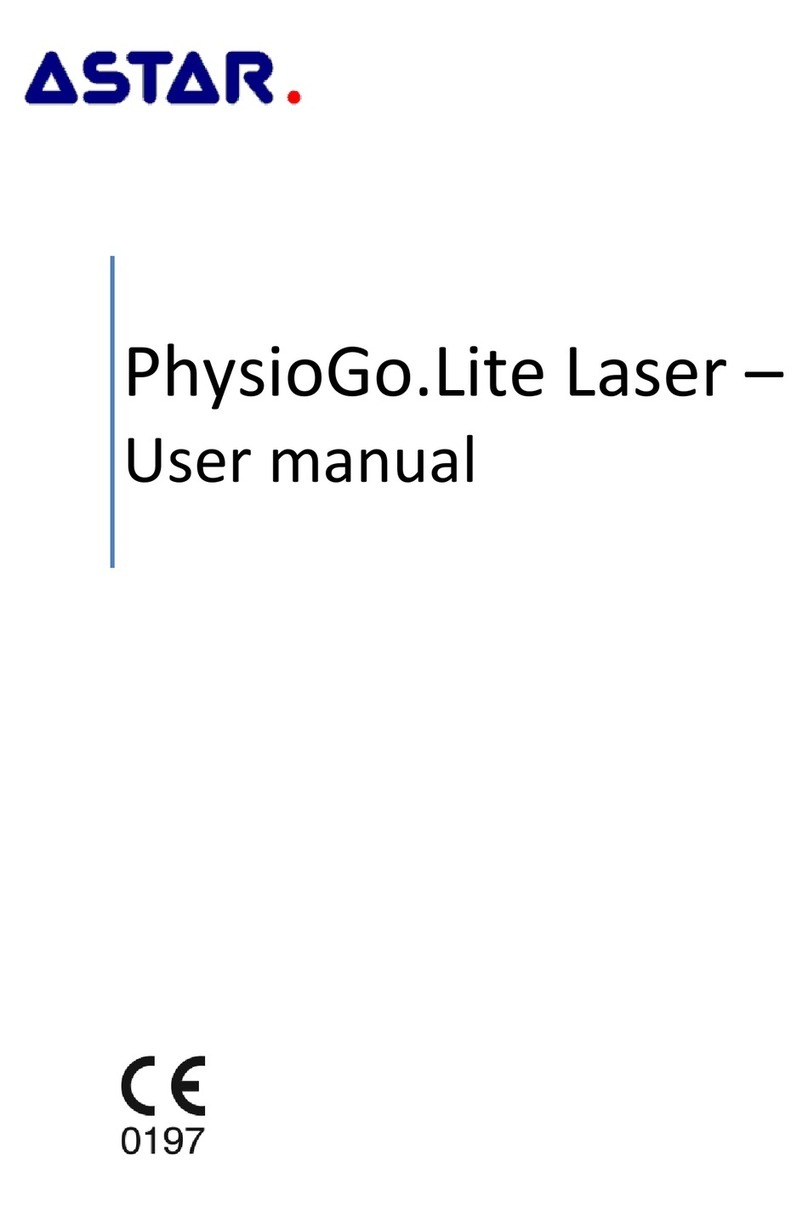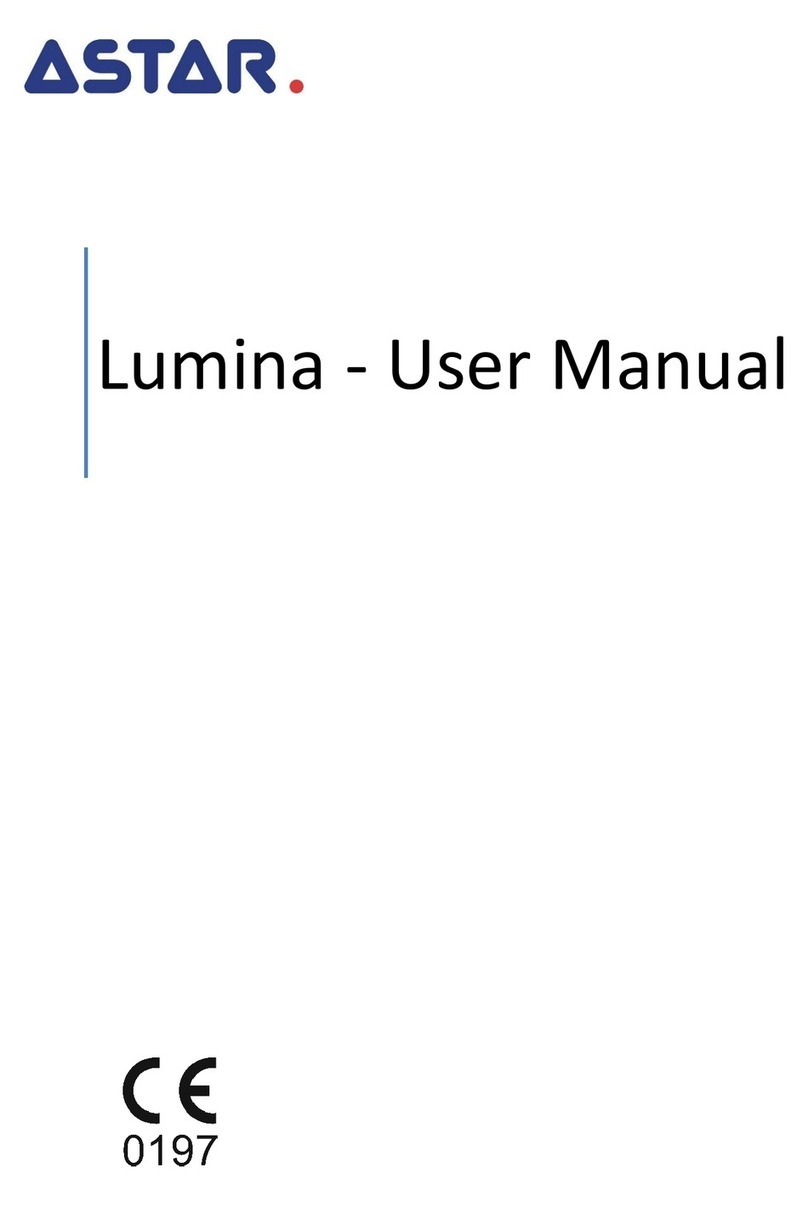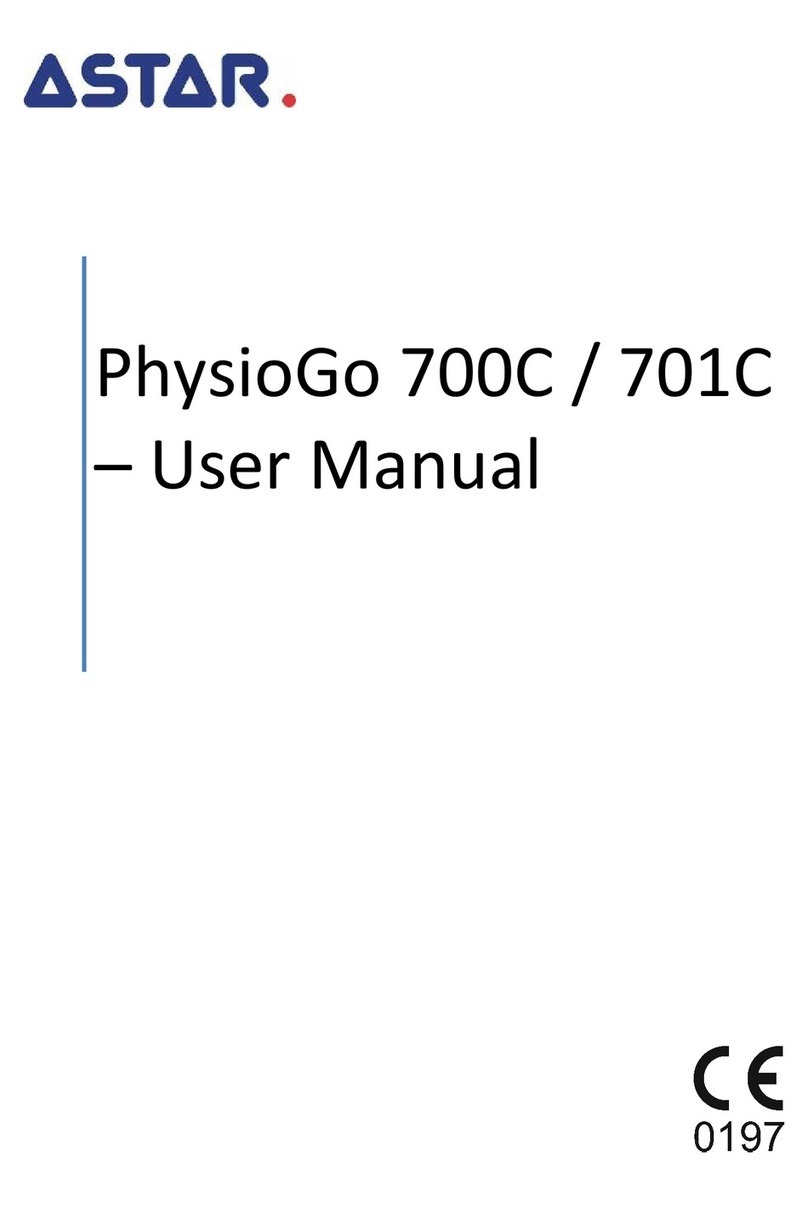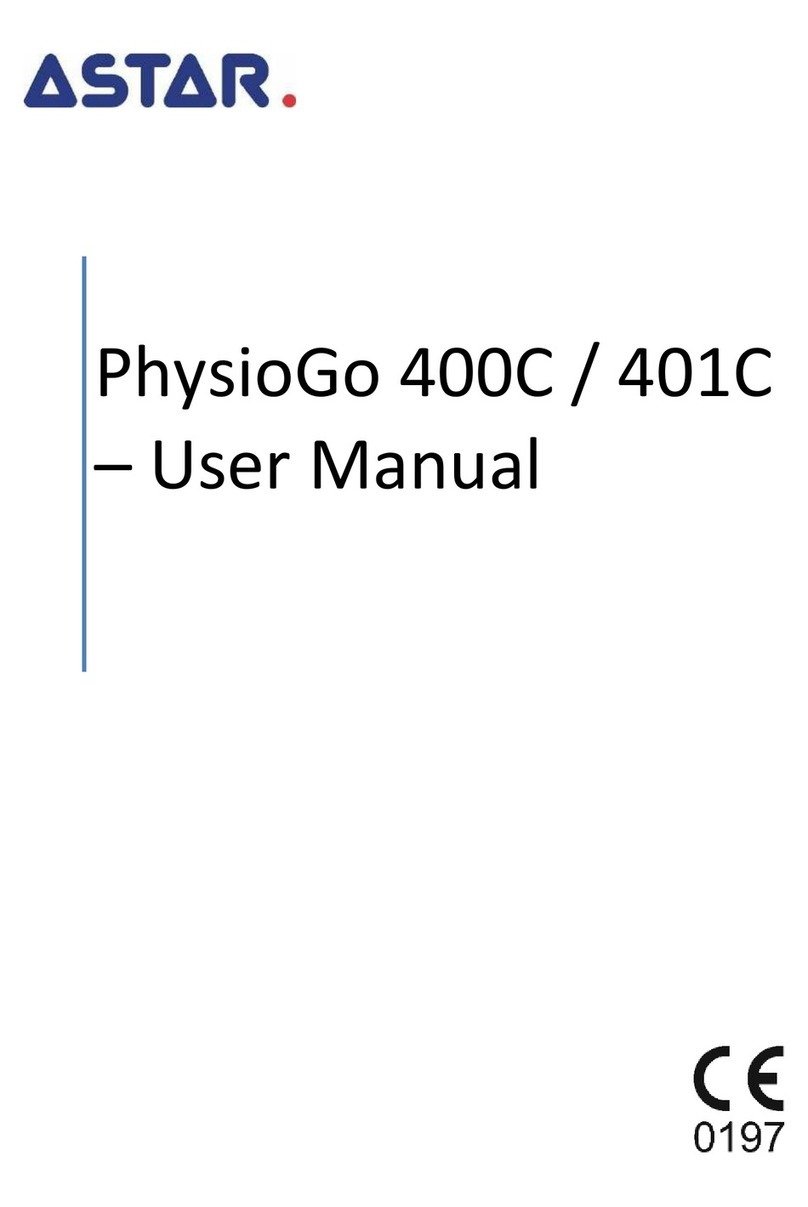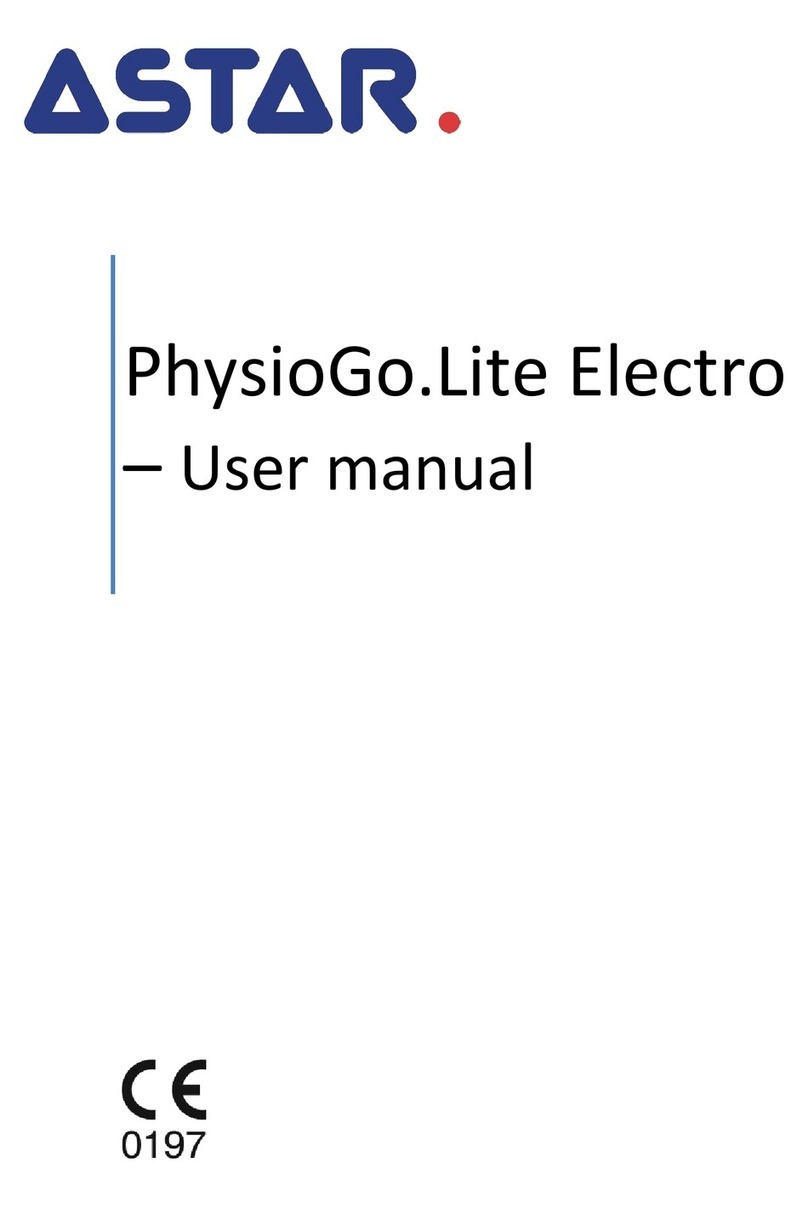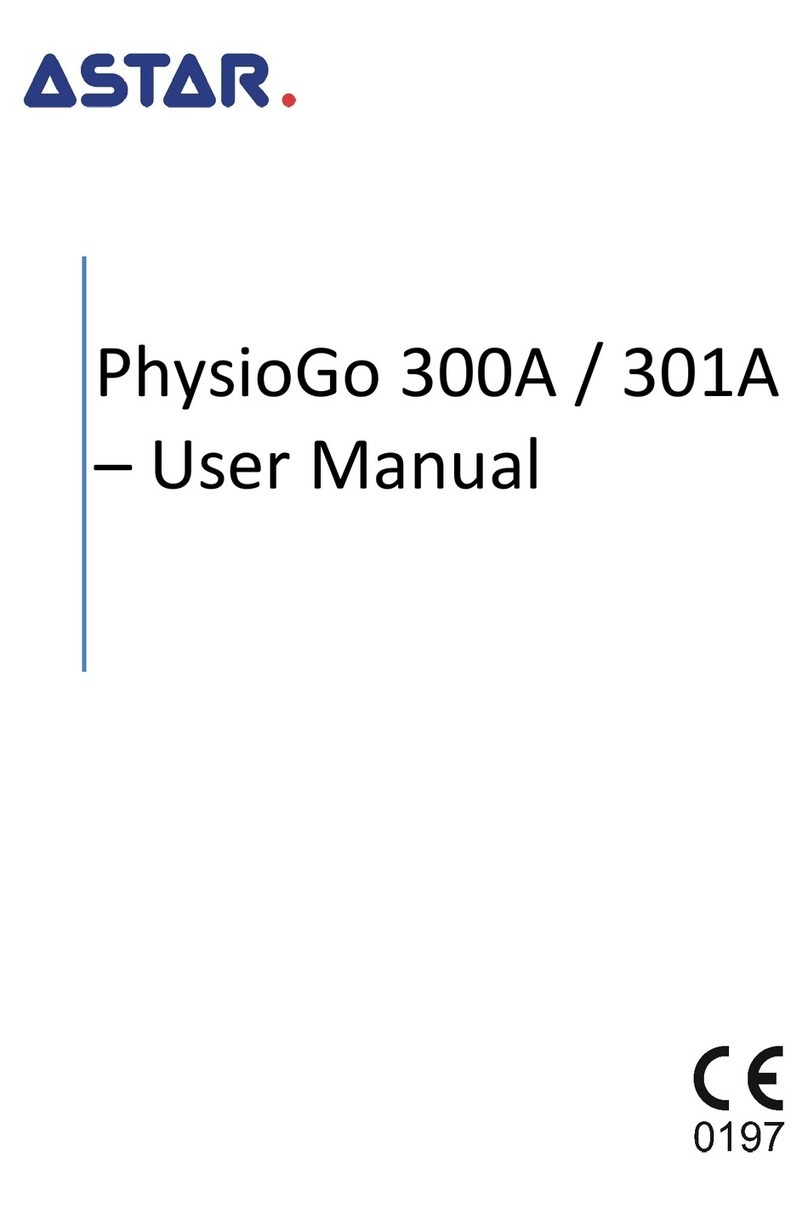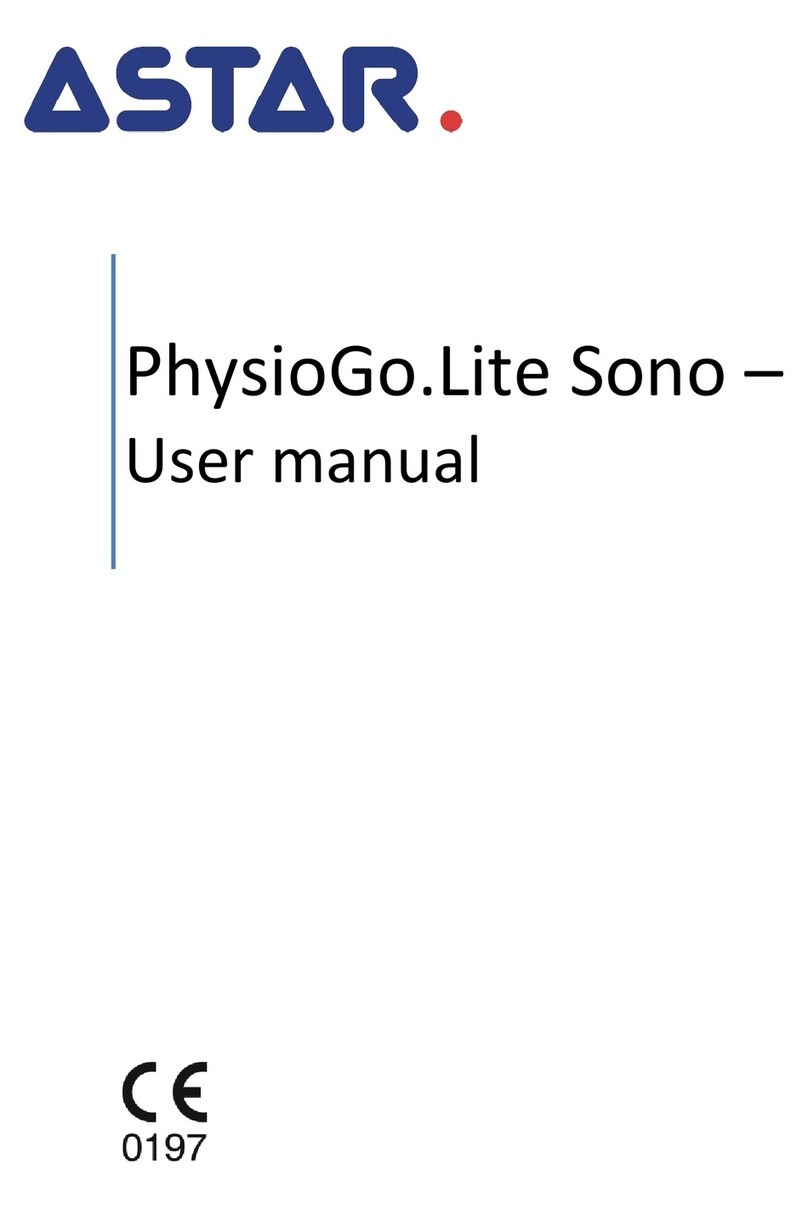
1. Basic information
page 3 / 60 Issue date 19.06.2023, rev. 2.0
Contents
1. BASIC INFORMATION...............................................................................................................................................5
1.1 MANUFACTURER ............................................................................................................................................................. 5
1.2 RISK MANAGEMENT PROCESS .............................................................................................................................................. 5
2. INTENDED USE .........................................................................................................................................................6
2.1 INTENDED USERS .............................................................................................................................................................. 6
2.2 USER TRAINING ............................................................................................................................................................... 7
3. WARRANTY AND MANUFACTURER'S RESPONSIBILITY..............................................................................................8
4. OPERATIONAL SAFETY ...........................................................................................................................................10
4.1 MAINS SUPPLY AND OPERATION MODE................................................................................................................................ 10
4.2 STORAGE,OPERATION AND TRANSPORT CONDITIONS .............................................................................................................. 11
4.3 WARNINGS AND SAFETY NOTES ...................................................................................................................................... 11
4.4 EXPLOSION PROOF ENVIRONMENT ..................................................................................................................................... 14
4.5 ELECTROMAGNETIC ENVIRONMENT .................................................................................................................................... 14
4.6 APPLIED PART................................................................................................................................................................ 15
4.6.1 Applied parts not intended to supply heat to a patient ................................................................................. 15
4.6.1 Applied parts intended to supply heat to a patient........................................................................................ 15
4.7 ESSENTIAL PERFORMANCE ................................................................................................................................................ 15
4.7.1 Tests of essential performance and basic safety............................................................................................ 15
4.8 DISPOSAL ..................................................................................................................................................................... 17
5. UNIT DESCRIPTION ................................................................................................................................................18
5.1 GENERAL CHARACTERISTICS .............................................................................................................................................. 18
5.2 FRONT PANEL ................................................................................................................................................................ 19
5.2.1 START/STOP key............................................................................................................................................. 19
5.2.2 CHANGE/STANDBY key .................................................................................................................................. 19
5.2.3 Knob ............................................................................................................................................................... 19
5.3 REAR AND SIDE PANELS,SERVICE SOCKETS ............................................................................................................................ 19
5.4 NAME PLATE ................................................................................................................................................................. 20
5.4.1 UDI code......................................................................................................................................................... 21
5.5 ELECTRODES,APPLICATORS AND CABLES .............................................................................................................................. 21
5.5.1 Active electrodes and applicator.................................................................................................................... 22
5.5.2 Neutral electrode ........................................................................................................................................... 23
5.6 TROLLEY TRANSPORT POSITION .......................................................................................................................................... 23
5.7 PROTECTION ................................................................................................................................................................. 23
5.7.1 Control of the connected active electrode...................................................................................................... 23
5.7.2 Control of electrodes contact quality ............................................................................................................. 23
6. DEVICE INSTALLATION AND START-UP ...................................................................................................................24
6.1 INSTALLATION ............................................................................................................................................................... 24
6.1.1 Mounting of applicator holder....................................................................................................................... 25
6.1.2 Connection of an active electrode applicator................................................................................................. 26
6.1.3 Connection of an active electrodes ................................................................................................................ 26
6.1.4 Connection of neutral (passive) electrode...................................................................................................... 27
6.1.5 Connection of IASTM applicator - optional .................................................................................................... 28
6.1.6 First operation................................................................................................................................................ 29
6.2 SETUP MODE................................................................................................................................................................. 29
6.2.1 Basic information ........................................................................................................................................... 29
6.2.2 Language ....................................................................................................................................................... 29
6.2.3 Global settings ............................................................................................................................................... 29
6.2.4 Control functions............................................................................................................................................ 30
6.2.5 Information .................................................................................................................................................... 31
7. UNIT OPERATION...................................................................................................................................................32
7.1 PATIENT PREPARATION AND TREATMENT PERFORMANCE ......................................................................................................... 32
7.1.1 General information....................................................................................................................................... 32
7.1.2 Resistive-capacitive radio frequency current therapy .................................................................................... 32
7.2 SCREEN CONFIGURATION ................................................................................................................................................. 34
7.3 DISPLAY DESCRIPTION ..................................................................................................................................................... 35
7.4 MANUAL MODE OF OPERATION ......................................................................................................................................... 36

